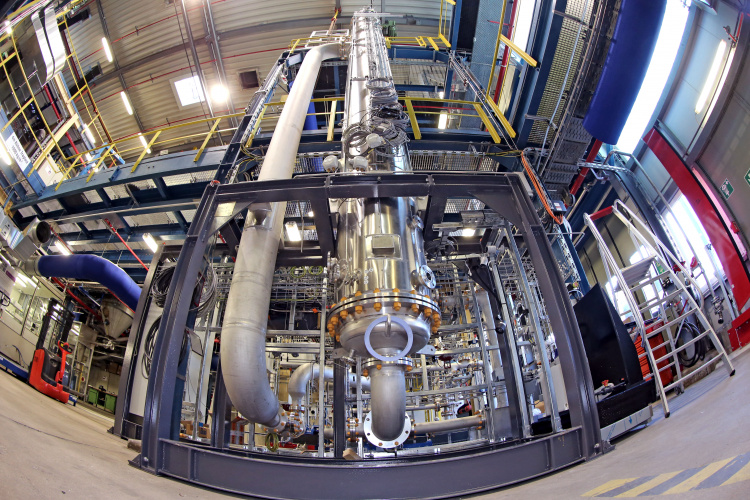Evonik and Siemens’ joint Rheticus project has entered its second phase, as the companies combine the bioreactor and electrolyser elements of phase 1 into a test facility, scheduled to begin operations next year, that will use renewable energy and microorganisms to convert carbon dioxide and water into specialty chemicals and fuels. The project is funded by a €3.5m grant from Germany’s Federal Ministry of Education and Research.

The new plant will be built at Evonik’s site in Marl, near Munster. In its first stage, using technology developed by Siemens, carbon dioxide and water are converted to carbon monoxide and hydrogen in electrolysers. These gases pass into a bioreactor, developed by Evonik, where microorganisms convert them into useful chemical compounds. The companies refer to this as artificial photosynthesis because it combines chemical and biological steps to utilise energy to produce chemicals from carbon dioxide and water, although unlike natural photosynthesis, the energy is not in the form of light.
___________________________________________________
Further reading
- Artificial photosynthesis offers clean source of hydrogen
- Scientists mimic photosynthesis to produce ethylene
- Artificial photosynthesis converts water and sunshine into hydrogen
_____________________________________________________________________________
Both of the component systems were brought on stream in 2019. Evonik’s bioreactor is 8m tall and has capacity of 2000l. Siemens' fully automated CO2 electrolyser (claimed to be the world’s first CO2 electrolyser) comprises 10 cells with a total surface area of 3000cm².
Over the coming months, these units will be integrated together and a further unit - to process liquid produced by the bioreactor to isolate and purify the butanol and hexanol it will produce -will be added.
These chemicals have been chosen for research purposes, but the companies claim that changing the bacterial strain and conditions inside the bioreactor could generate other speciality chemicals.
“We are making it possible to store renewable energy by converting it into useful substances such as specialty chemicals or fuel. We are also contributing to the stability of the grid because production is so flexible that we can respond to fluctuations in power supply,” said Karl-Josef Kuhn, who is in charge of Power2X, a decarbonisation programme at Siemens.
“In the future, this platform could be installed anywhere CO2 is available—for example, at power plants or biogas plants,” added Thomas Haas, who is responsible for the Rheticus project at Evonik. “We use available CO2 as the raw material for the production of high-value chemicals.”
The production of one tonne of butanol would consume three tonnes of carbon dioxide.




Red Bull makes hydrogen fuel cell play with AVL
Surely EVs are the best solution for motor sports and for weight / performance dispense with the battery altogether by introducing paired conductors...